In Lilypond, I am writing a vocal score in closed form (Sop & Alto on top line, Tenor & Bass on bottom) and occasionally I need the parts to divide. This is fine in most cases because the note stems indicate which note belongs to which part, but not when the note has no stem!
The usual method that I've seen is to insert a left square bracket indicating the notes to be grouped together, like so:
I have tried searching the documentation high and low for a snippet or something to do with vertical brackets or braces but unfortunately I can't think of any keywords that don't throw up a lot of false hits.
Can anyone help?
